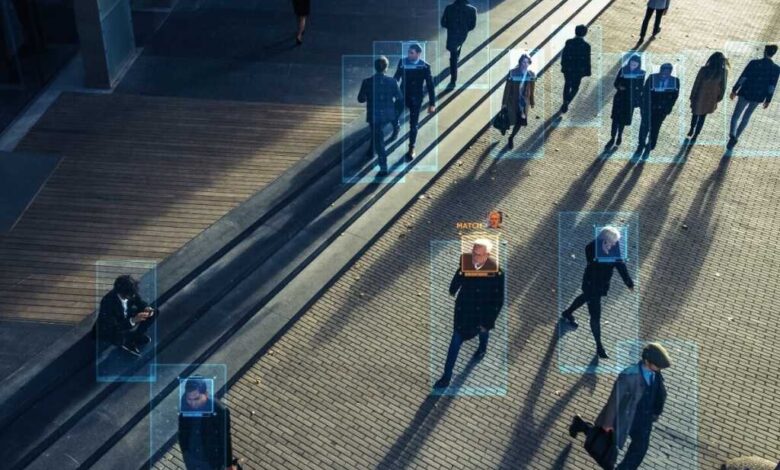Public opinion on AI divided – Computerworld

Americans, it seems, are of several minds about the hottest of hot topics this year: artificial intelligence. They’re torn between curiosity about the benefits to society and concern about its effects on their lives.
A new study from global consultancy Public First found that, while the most common emotion cited was curiosity (39%), an almost equal number (37%) said they were worried about AI. Last year, 42% cited curiosity and 32% were worried, according to the study, which was based on four nationally representative polls of adults across the US and the UK, and conducted in partnership with the Information Technology & Innovation Foundation’s Center for Data Innovation.
While awareness of AI is growing quickly, day-to-day usage is still quite low, said Jonathan Dupont, partner at Public First, in a webinar about the research. In fact, 51% of Americans said that AI is growing faster than expected, up from 42% in 2023.
ChatGPT, he said, “is now definitely a consumer brand.”
However, people’s emotions are mixed when it comes to concrete benefits for themselves and society, Dupont said: “The lowest thing they rated was actually increasing wages for workers, which suggests they think it might benefit society as a whole, but possibly cause unemployment concerns. They’re less convinced about it translating into actual day to day benefits for ordinary people.”
AI at work
Although only 28% or American workers said they have used an LLM (large language model) chatbot at work, 68% of those who had done so found them helpful or very helpful, and 38% said they have become an essential tool. Overall, this group accounted for 19% of workers.
Age and gender made a big difference: Males aged 18-34 were by far the biggest users at 33%, while only 16% of females in that age group regularly use LLM chatbots at work. Almost half (48%) of workers using LLMs said they had figured out how to use the tools on their own, although this, too, varied by age. Workers under 55 preferred to explore the technology on their own, while those aged 55 or over expressed a desire for formal AI training.
Respondents expected that required job skills will change, according to the study. They saw an increased need for the ability to persuade and inspire people, for critical thinking and problem solving, and for creativity. However, they felt that research, writing well, coding or programming, graphic design, and data analysis will decline in importance with the rise of AI.
Critically, 59% believed it likely that AI will increase unemployment.
But, said Alec Tyson, associate director of research at Pew Research Center, in the workplace, how and where AI is used will affect its acceptance.
“Large majorities would oppose using AI to make a final hiring decision,” he said, an illustration of a broader concern about what’s essentially human. What are humans good for in the areas, whether it’s work or medicine? Your relationship with the primary care doctor that has traditionally been high contact is something close to essentially human; there’s a lot of resistance to using AI to fill those roles. There’s more openness, maybe not outright enthusiasm, but more openness to use AI to help.”
Lee Rainie, director, Imagining the Digital Future Center at Elon University, pointed to two categories of people at the extremes of concerns about AI adoption. “One is creative people themselves,” he said. “I think by instinct they’re innovators in many cases and they’re trying to cut at the edge but I think they see an existential threat more acutely than a lot of other groups here, and watching the legal situation play out, their reactions to AI are going to be very much determined by whether they have autonomy, whether they get paid, what’s disclosed about how the language models are used.”
The second group is people who are suffering in some way. If AI is going to help somebody, he said, there’s not a lot of hesitation about its use.
What jobs can AI automate?
Job loss caused by AI is also a concern. When asked to assign a score from 0 to 10 on how likely respondents felt it was that an AI could do their job as well as they could in the next 20 years, predictions were all over the map. Fully 22% said that robots or AI could not do their job, scoring the prospect at 0. At the other end of the scale, 14% said AI or robots could definitely do their job. In the middle, 14% rated the notion a 5. The average score was 4.7.
The top four occupations at risk, according to respondents, were machine operators (46%), customer service agents (42%), warehouse workers who pick and pack goods (41%), and graphic designers (40%). At the bottom of the list were nurses and care workers, each at 10%.
Overall, however, only 28% thought their jobs would disappear entirely. Others expected they would have other responsibilities (30%), oversee the AI (25%), or spend fewer hours on the job (27%).
Vinous Ali, managing director at Public First, also noted that fears about unemployment vary. “I think the most interesting thing is it’s actually those with degrees, those who are higher and more educated, who feel that their jobs could be at risk, rather than those who have a high school diploma,” she said. “And I think that’s a really interesting difference to previous changes in the workplace.
“I think the top-ranking job that seemed to be highly automated was computer programmer, so this is a real difference, and it’s a real break with the past. And so it’ll be interesting to see how that develops.”
Bottom line
Because AI is so new, there are limitations to the conclusions that can be drawn from the study, Dupont said.
“This is still very much in the abstract for a lot of people, and this is still the future. Polls are always more accurate when you’re asking people about everyday concrete experiences and things they actually are using on a day-to-day basis.
“It’s very easy to push a polling question or make people say, ‘AI is going to be the most amazing thing in the world or AI is going to be terrifying.’ And I think the general picture is, most people have very mixed views, and they don’t know. And it depends how it’s implemented.”
“A poll is a great snapshot in time,” added Ali. “And we’ve worked really hard to make the findings as robust as possible, but clearly, there are limitations when adoption rates are so low, and there are ways that you can work around that. But this is why it’s a tracker poll. … Who knows where we’ll be in a year’s time.”
The complete study is available on the Public First website.



